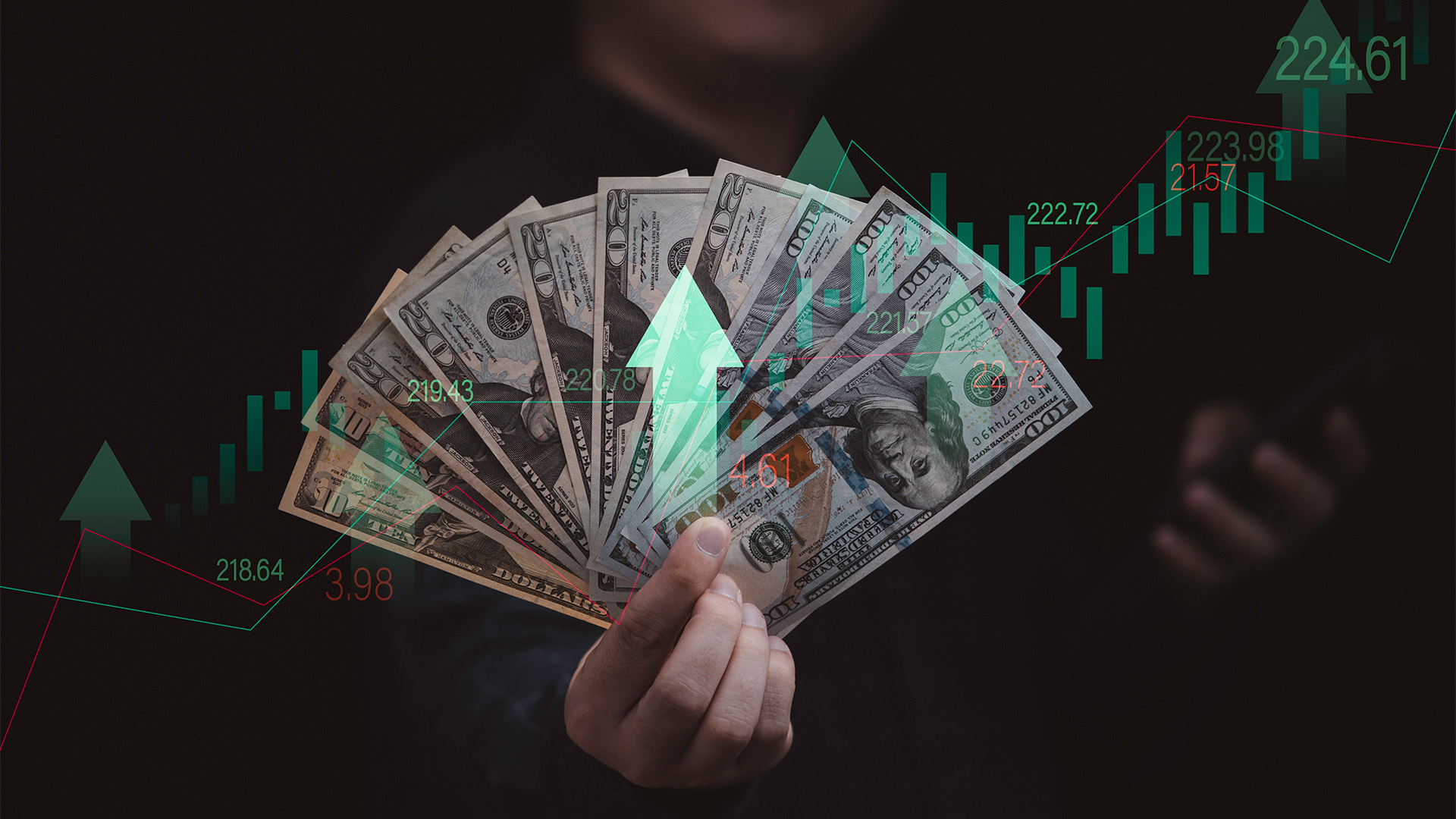US inflation unexpectedly rose to 3.2% last month, which will likely make the US Federal Reserve reluctant to change its approach to rate cuts this year.
It was only a small rise – 0.1%, but it marked the second consecutive monthly increase in the annual rate. This development will make it harder for a cautious Fed to be decisive on rate cuts after its meeting next week.
Despite the disappointment among many economists, Wall Street remained optimistic, continuing the party from the previous week's sell-off. The Dow, S&P 500, and especially the Nasdaq enjoyed solid gains on Tuesday, setting a positive tone for the local market with the ASX 200 futures market showing a modest gain of around 10 to 11 points.
In fact, the S&P 500 closed at a new all-time high on Tuesday. This occurred despite a five-point rise in the 10-year bond yield to 4.15% and a stronger US dollar.
The data revealed that both headline CPI and the core measure, excluding energy and food costs, rose by 0.4% on a monthly basis. This marked another significant increase after a series of smaller rises to close out 2023.
On an annual basis, core inflation rose to 3.8%, versus the expected 3.7%. While it was the smallest year-on-year increase since May 2021, it still represented a rise.
This helps explain why, over the last three months, core CPI is up by an annualized 4.2%. In August last year, that number was 2.6%.
After four months of decline, petrol prices rose in the US in February – the energy index was up 2.3%, a key factor behind the overall rise.
The slide in goods prices since May of last year ended with a small 0.1% rise, indicating that the gains from normalizing supply chains had ceased.
On the services side of the economy, insurance prices rose, as companies rebuilt reserves and dealt with the rising cost of climate change-related weather events such as storms, floods, and fires.
Additionally, the rebalancing of weightings in the shelter component of the index (housing, rents, etc.) saw a smaller 0.4% rise in the month, down from 0.6% in January. However, the shelter component still remains the main driver of US inflation in the past year, accounting for two-thirds of the overall rise.
US economists now admit that inflation didn’t cool over late winter as many had thought and it remains stuck above 3%. Some commentators claim the only way to break that logjam is for a sharp and quick rise in unemployment.
"Inflation progress has slowed. We'll continue to see the Fed committed to getting it down. This means rates will stay high for the foreseeable future," commented NerdWallet analyst Elizabeth Renter.














